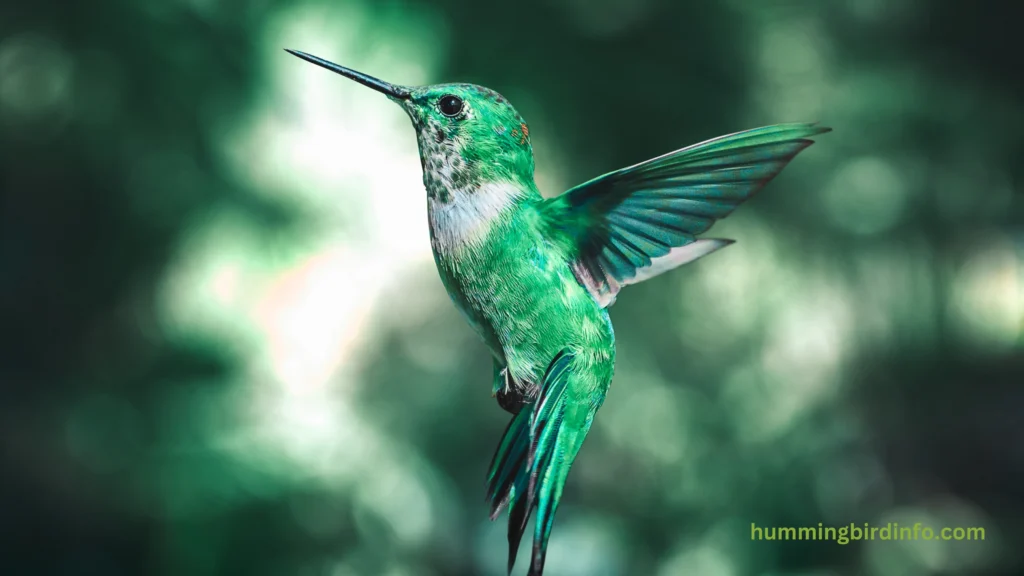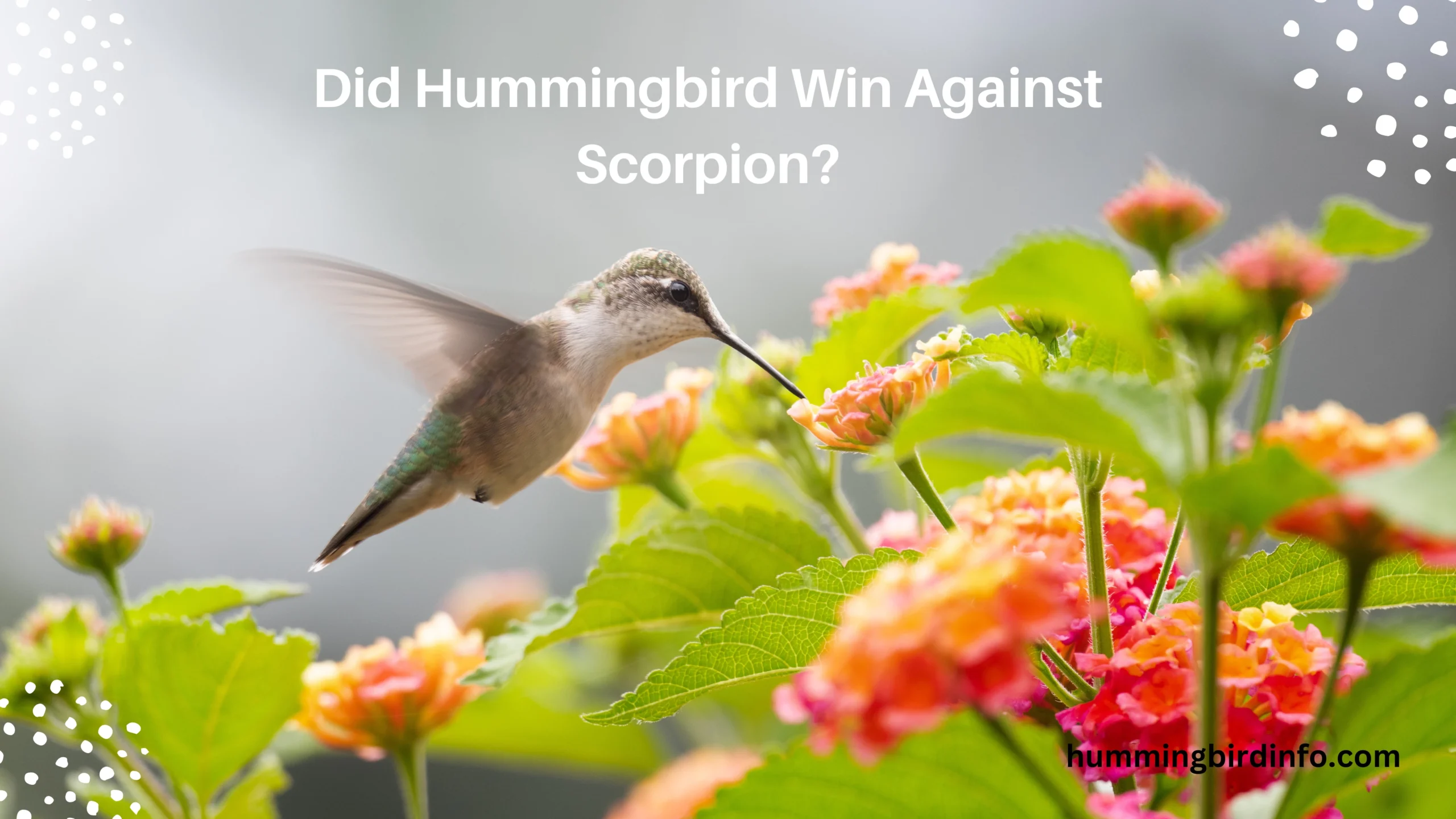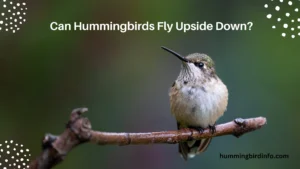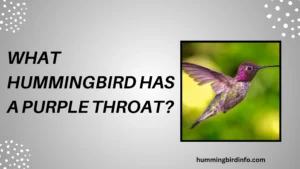The hummingbird is nature’s jet — fast, flashy, and impossible to catch. With its iridescent feathers, lightning-speed wings, and hovering flight, it dominates the sky in a blaze of color. This tiny marvel moves with such precision and grace, it’s hard to imagine anything bringing it down.
Now imagine its total opposite: the scorpion. Ancient, armored, and armed with a venomous sting, it lurks silently in dark corners and desert sands. It doesn’t need speed — its strength lies in surprise, defense, and cold patience.
It strikes when the moment is just right.
What happens when these two extremes collide? Can a tiny aerial artist avoid the sting of a deadly predator? Or could the scorpion’s hidden power spell doom for the bird?
This isn’t a fantasy fight — it’s a biological thought experiment, and we’re here to break it down in full. Let’s explore the strengths, weaknesses, and the thrilling question — who wins?
Contents
The Hummingbird — Nature’s Helicopter
Tiny yet powerful, the hummingbird weighs less than a coin but packs muscle in its chest like an athlete. Its wings beat up to 80 times per second, letting it fly up, down, sideways, or backward with ease.
With a heart beating over 1,200 times per minute, it needs constant nectar to fuel its insane energy. It visits hundreds of flowers a day and fiercely guards its feeding territory from intruders.
Though fragile in appearance, hummingbirds can be aggressive, dive-bombing other birds and insects that get too close. Their best weapon, though, is speed — they’re nearly impossible to touch, let alone catch.
The Scorpion — Ancient Predator in Armor
The scorpion has been around for over 400 million years. Its tough outer shell, sharp pincers, and venom-filled stinger make it a predator built to last.
It hunts at night, using tiny hairs to sense vibrations in the air and ground. With silent precision, it grabs prey with its pincers and injects venom, immobilizing them in seconds.
Scorpions are not only hunters — they’re also survivors. They can live in harsh deserts, hide under rocks, and survive without food for weeks. When threatened, their sting is swift and deadly.
Where Do They Meet?
Hummingbirds live in forests, gardens, and even deserts, depending on the species. They’re diurnal, meaning active during the day, feeding on flowers in bright sunlight.
Scorpions live in rocky, dry, or wooded areas, often coming out only at night. They’re nocturnal and rarely seen during daylight unless disturbed.
But in overlapping areas — especially deserts or scrublands — these two animals could cross paths. If a scorpion rests on a flower or in low vegetation, a curious or distracted hummingbird might come dangerously close.
What Happens in a Fight?
If a hummingbird sees the scorpion, its sharp vision would help it avoid danger. It could hover, investigate, and retreat instantly if needed. The bird’s agility gives it the upper hand in reaction speed.
But if a hummingbird lands too close or its nestling is left unguarded, the scorpion may strike. With one quick grab and sting, the scorpion could easily injure or kill a tiny bird — especially a baby.

In a direct clash, the scorpion might win with one hit. But the hummingbird’s speed, flight, and alertness make it far more likely to escape than to fight. This isn’t a battle of strength — it’s one of timing and surprise.
A Real-Life Twist — Rare but Possible
While not common, some arachnids have been seen preying on birds. One report showed a tailless whip scorpion catching a hummingbird. Nature is full of strange surprises — even the smallest hunter can bring down a creature of flight.
These incidents are rare but remind us that in the wild, anything can happen. A moment of distraction could mean the end, even for a high-flying hummingbird.
Most encounters likely end with the hummingbird flying away. But the potential for a scorpion ambush always lingers in the shadows.
Conclusion
This isn’t just a “who would win” battle — it’s a glimpse into the raw brilliance of evolution. Hummingbirds represent agility, energy, and constant motion. Scorpions stand for defense, patience, and lethal stillness.
In most scenarios, the hummingbird avoids danger thanks to its quick reflexes and sharp vision. But in a close encounter, especially involving a nestling or surprise, the scorpion’s venom could tip the balance.
Nature rarely deals in winners or losers. Each creature survives using what it’s built for — flight or sting, speed or armor. That’s the real lesson here: every creature has its moment of power, and in rare cases, paths do cross.
FAQs:
1. Can a scorpion really kill a hummingbird?
Yes, especially a nestling or an injured adult. A well-placed sting could immobilize or kill such a small bird.
2. Are hummingbirds aggressive enough to attack scorpions?
Hummingbirds are territorial and aggressive, but they are not known to attack scorpions intentionally.
3. Have there been real encounters between the two?
There are rare instances of arachnids preying on birds, including hummingbirds, though it’s extremely uncommon.
4. Who has the advantage in speed?
The hummingbird. Its aerial agility and reaction time are unmatched in a face-to-face encounter.
5. Do their habitats overlap?
Yes, in places like deserts and subtropical areas, both animals can exist in close proximity.
6. What would make a hummingbird vulnerable?
Landing near a hidden scorpion, feeding without caution, or nestling exposure increases vulnerability.








